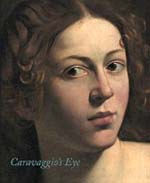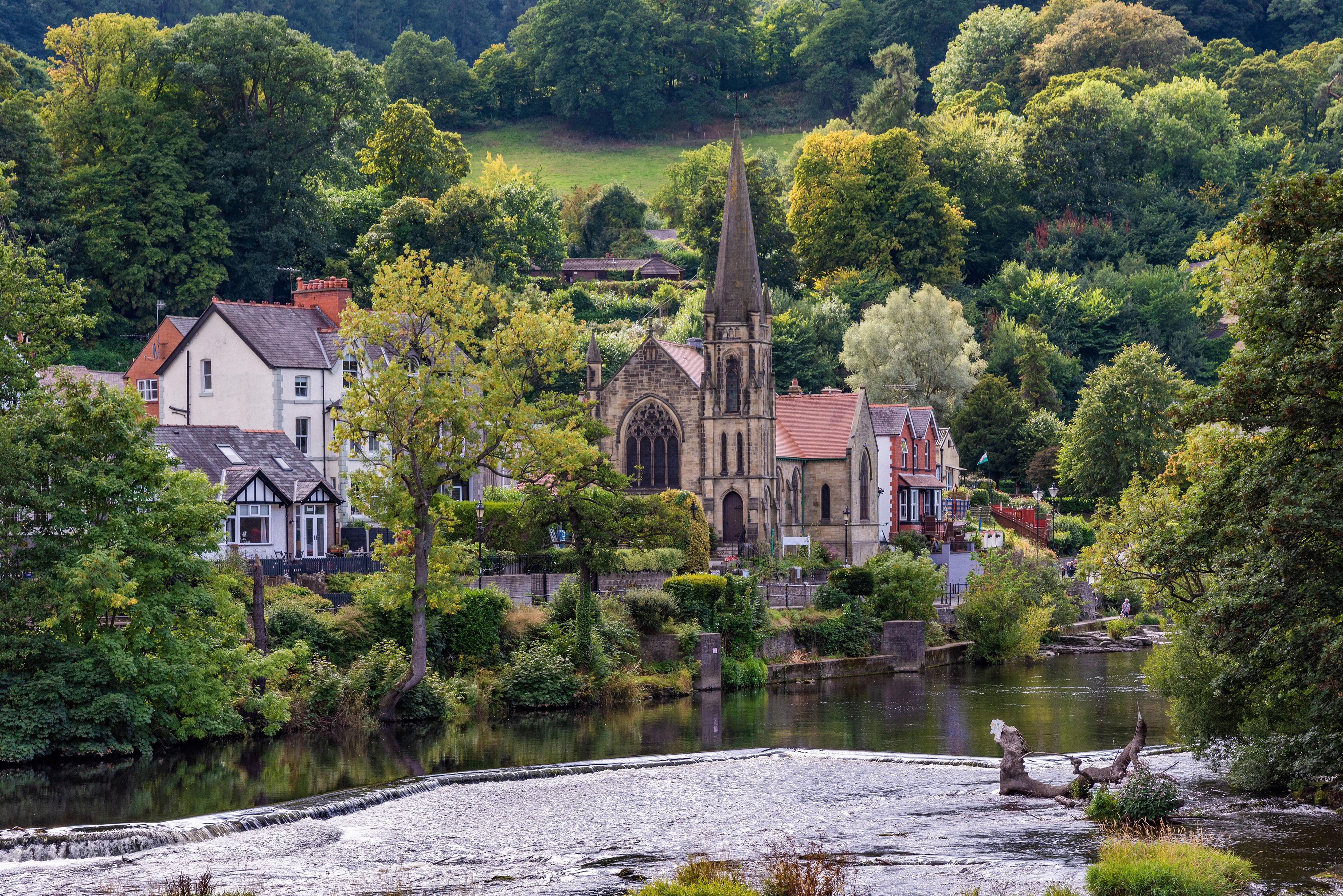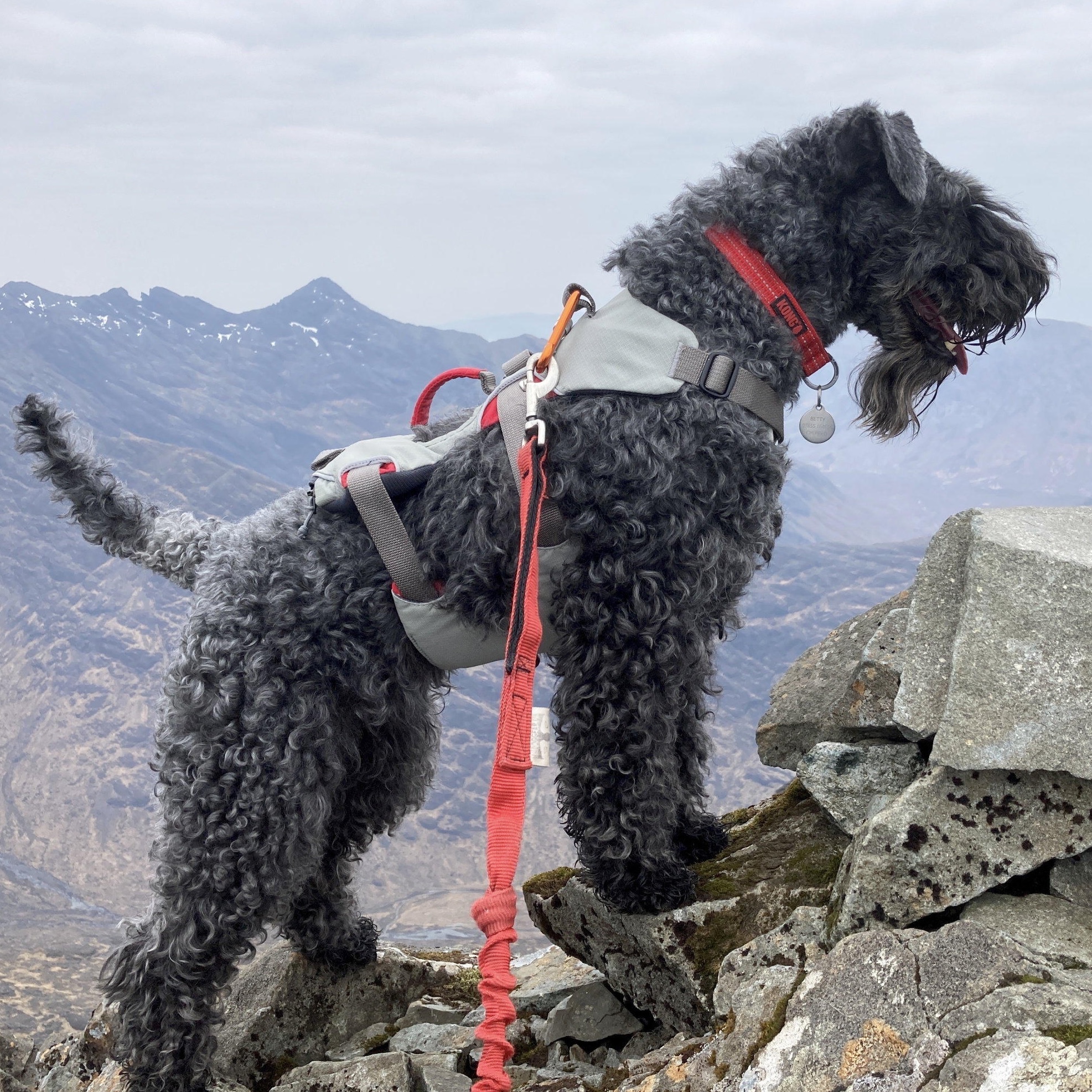Book review: Caravaggio’s Eye
Michael Hall reads a fascinating take on Caravaggio’s extraordinary talent, which vindicates Hockney’s analysis that he used optical devices as an aide to painting


To order any of the books reviewed or any other book in print, at
discount prices* and with free p&p to UK addresses, telephone the Country Life Bookshop on Bookshop 0843 060 0023. Or send a cheque/postal order to the Country Life Bookshop, PO Box 60, Helston TR13 0TP * See individual reviews for CL Bookshop price.
Art Caravaggio's Eye Clovis Whitfield (Paul Holberton Publishing, £40, *£36)
In 2001, David Hockney published Secret Knowledge: Rediscovering the Lost Techniques of the Old Masters, which argued that, from the 15th century onwards, artists had used optical devices as an aid to painting. The most important of these were the camera obscura and the parabolic mirror, both of which can be used to project onto a flat surface an image of reality that an artist can copy.
This idea was received with lukewarm interest or hostility by art historians, most of whom have avoided any public discussion of the argument. This makes Clovis Whitfield's book on Caravaggio a major event. For the first time, ideas of the sort discussed by Mr Hockney are placed at the centre of an analysis by an art historian of a great Old Master painter. Hockney is triumphantly vindicated.
From the moment that he burst onto the art world of Baroque Rome at the end of the 16th century, Caravaggio was celebrated as an artist who achieved unprecedented effects of realism. He always worked directly from the model, in studios with controlled sources of light, no drawings by him are known and his paintings have oddly limited depth of field. This all suggests that he used unusual techniques.
Mr Whitfield brings such evidence and much more to bear on Caravaggio's early works, in order to demonstrate that the painter built up his paintings using details copied from images created by a camera obscura and a parabolic mirror. Far from diminishing Caravaggio's skill, this emphasises his genius, for no other artist was able to synthesise such images into compositions of such unforgettable power.
Sign up for the Country Life Newsletter
Exquisite houses, the beauty of Nature, and how to get the most from your life, straight to your inbox.
Mr Whitfield goes beyond a Hockney-like analysis of the canvases to provide a convincing contextual explanation for Caravaggio's techniques in the experimental scientific activities in Rome during the pontificate of Clement VIII (1592-1605). A central figure was Caravaggio's early patron, Cardinal Francesco Maria Del Monte (1549-1627). Mr Whitfield's revelatory account of the cardinal's interests in science, optics, alchemy and Classical culture convincingly suggests why he would have encouraged Caravaggio to use new techno-logy to achieve effects that were to revolutionise western painting. But will this book succeed in breaking the conspiracy of silence about such ideas among art historians?
* Subscribe to Country Life and save 40%
Country Life is unlike any other magazine: the only glossy weekly on the newsstand and the only magazine that has been guest-edited by HRH The King not once, but twice. It is a celebration of modern rural life and all its diverse joys and pleasures — that was first published in Queen Victoria's Diamond Jubilee year. Our eclectic mixture of witty and informative content — from the most up-to-date property news and commentary and a coveted glimpse inside some of the UK's best houses and gardens, to gardening, the arts and interior design, written by experts in their field — still cannot be found in print or online, anywhere else.
-
 About time: The fastest and slowest moving housing markets revealed
About time: The fastest and slowest moving housing markets revealedNew research by Zoopla has shown where it's easy to sell and where it will take quite a while to find a buyer.
By Annabel Dixon
-
 Betty is the first dog to scale all of Scotland’s hundreds of mountains and hills
Betty is the first dog to scale all of Scotland’s hundreds of mountains and hillsFewer than 100 people have ever completed Betty's ‘full house’ of Scottish summits — and she was fuelled by more than 800 hard boiled eggs.
By Annunciata Elwes